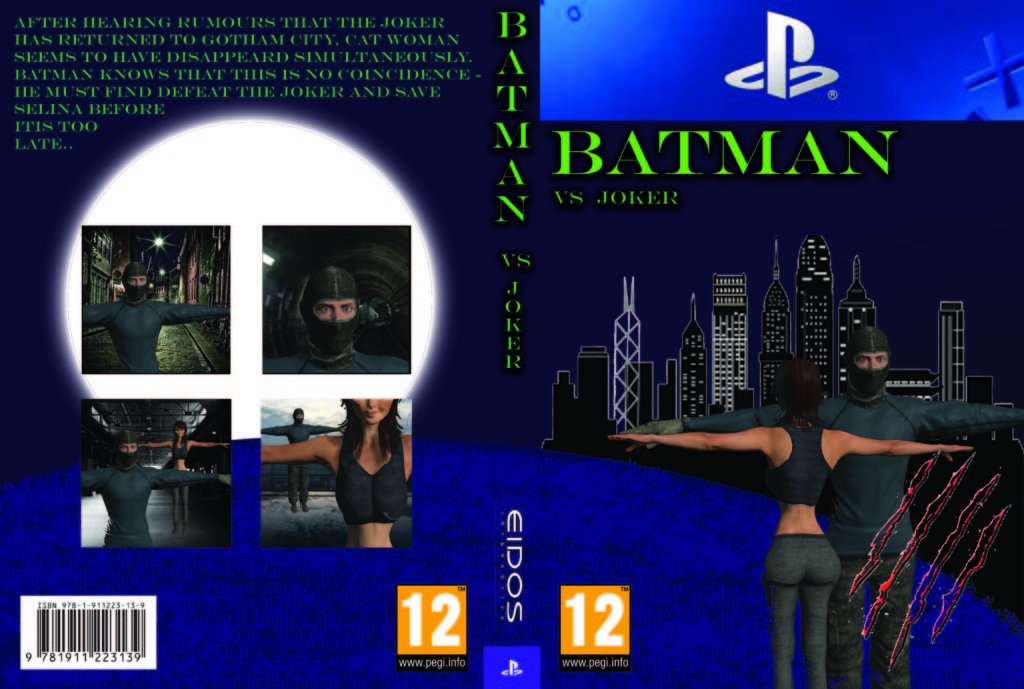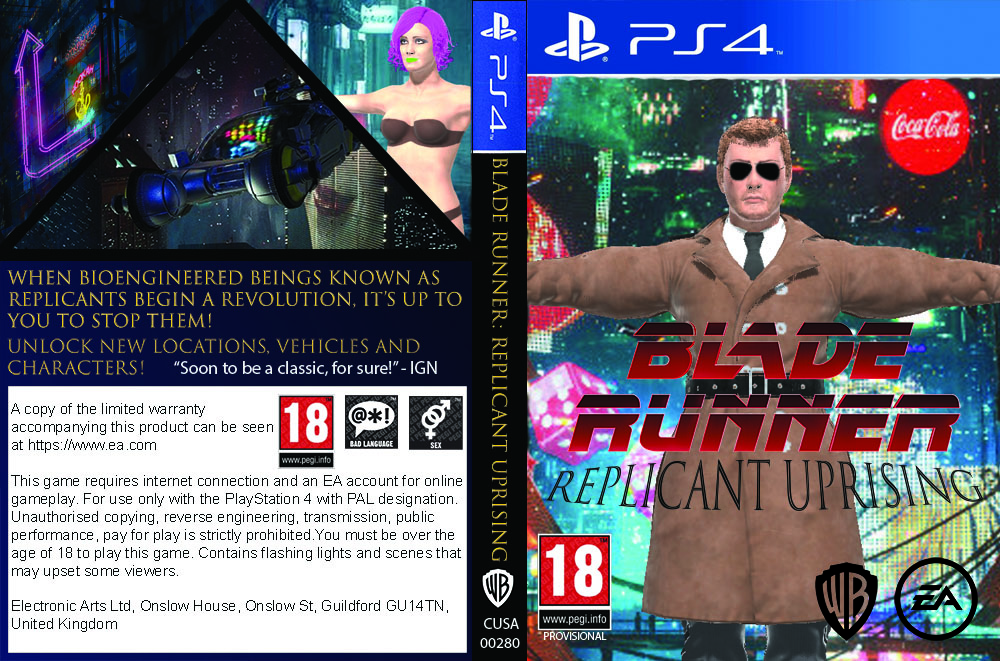ANALYSE THE RELATIONSHIP BETWEEN SIGNIFIERS AND SIGNIFIEDS IN THE TWO CSP GAMES COVERS
The relationship between signifiers and signifieds in the CSP game covers: Tomb Raider and Metroid can be interpreted in differing ways and can be supported by differing evidence, ideologies, and theories. For example, Ferdinand Saussure’s theory states that “signs of language are arbitrary”, meaning that there is a clear link between a symbol’s physical appearance and the deeper connotation, or meaning we take and express from it. In both video game productions, Saussure’s theories are displayed through the representation of gender. Furthermore, I will interpret the stereotype’s today’s society associates with gender, expression of sexuality, race and ethnicity.
In this essay, I will argue that Tomb Raider is both a reactionary and a negative representation of femininity, I believe that the cover presents a damaging and unrealistic portrayal of the female body and female identity, in general, to the gaming community, also children and teenagers who are influenced by modern media, and the games they interact with.
On the other hand, I will argue that Metroid is a radical and relatively more positive representation of femininity, and masculinity. I believe that the game displays a refreshing and counter typical portrayal of female identity which is often lacking in the majority of game productions. However, the representational ‘norm’ of females still manages to feature.
The ‘Tomb Raider’ cover design includes a dominant signifier, main image of a female character (Lara Croft), her appearance is over sexualised and exaggerated through the character having emphasised physical features as well as tight and exposing clothing which accentuate her ‘perfect body’. Her skin is flawless, with excessive makeup and her hair perfectly styled, creating a totally unrealistic figure for players to look up to. It is evident that this character has been constructed to appeal to and satisfy the ‘Male Gaze’. The ‘Male Gaze’; a feminist, theoretical ideology that was formed by Laura Mulvey, a British film critic, within her essay ‘Visual Pleasure and Narrative Cinema’. The theory encapsulates the idea that female characters, or feminine characters, in visual arts and literature are often presented as sexual objects for heterosexual male gratification. The presentation of this character also echoes the theory of voyeurism which is the act of gaining sexual pleasure from watching others present themselves in a sexual nature. Lara Croft’s representation links to Mulvey’s notion that “The cinema offers a number of possible pleasures. One is Scopophilia.” In this case, video games take the place of the Cinema, however, the idea remains un-changed. The way in which the dominant signifier is idealised and how her expression of sexuality is exaggerated displays the way in which the video game industry use women as an object that are desired and created solely for the male player to ‘enjoy’. The cover also includes a paradigm of signifiers relating to adventure, action and violence. These iconic signs such as: a gun that the main character holds, a backpack and a rope counteract the social stereotype of femininity as they have connotations of a more masculine personality.
On the other hand, this production could be interpreted as a counter-type as it, seemingly, goes against the stereotypical ‘Damsel in distress’ device that is featured heavily in many games, even the most successful: Mario series uses this plot device to make out that women are somewhat weaker or less capable than their male counterpart. Anita Sarkeesian of ‘Feminist Frequency’, an online blog that comments on the representation of women in popular culture, expressed the theory that female, cartoon, video game characters are portrayed as the hyper-sexualised ‘damsel in distress’, who is dependent on the strength of the male hero to be saved from difficulty. Sarkeesian said that “Adventures in which women work to save men in peril are extremely rare” – so – this is archaic, systemic presentation is never seen with a role reversal. This misogynistic, dominant ideology is clearly influenced and ingrained by the patriarchy in society. Rising feminist attitudes have sparked change and development however the selective representation seen in video game production demonstrates the way in which the industry views women. I believe that the societal view on femininity counteracts with how society sees feminism as a celebrated, powerful and political movement showing strength. The symbolic signifier of the black background on the CSP could symbolise a danger, a quest or a difficulty the character has to face and the symbolic signifier or the gold beams of light could signify victory that the character will achieve on her own, or the slightly more masculine representation of her could manipulate the player and denote that she will play the expected role of the Damsel in distress after all.
Additionally, the Metroid cover contains a dominant signifier, main image of a female character (Samus Aran) disguised as a robotic figure (Metroid) which has many links to science fiction, robotics and combat. These signifiers are accompanied by indexical signifiers such as mathematics related coding, numbers and scientific diagrams and shapes, creating a myth that displays links to action, suspense, a quest or challenge which may feature in the game, symbolising the characters hegemony. The symbolic signifier of a white, smoke-like effect behind the dominant signifier could connote to a sense of power and independence the character has, on her own, regardless of her ‘Metroid’ alter-ego. The Metroid character is commonly most associated with more masculine connotations and would stereotypically be depicted by a male. Evidently, this character counteracts this stereotypical representation, demonstrating a radical presentation. The media industry rarely displays counter-types in a positive light. Specifically in gaming, counter-types don’t reflect the real world, this reflects this quote – “what often gets lost in the exhausting, furious online discourse around representation is real-world experience” – from Guardian article: ‘Why diversity matters in the modern video games industry’. Along with representation of gender, the concept can relate to a lack of representation of different identities such as someone’s race, sexuality, ethnicity and personal background. Diversity within the virtual gaming world is often scarce. A quote from the same article sourced from the Guardian; “The industry traditionally projects an image that is young, white, straight and male”. Even though “A 2015 study showed that 83% of non-Hispanic Black teenagers play video games”, players of minority group’s struggle to find a projection of themselves in the games they chose to play. Not only does the industry lack realistic representation of women, it also lacks diversity and inclusion of people of colour. However, at the end of the game, Samus Aran is revealed wearing a blue body suit, in which, her body is majorly exaggerated and enhanced. Presenting an idealistic and non-realistic body type. This refreshing presentation is snatched away and the game, like so many others, fall into the archaic ways of appealing to the Male Gaze as a sales strategy. To summarise, both ‘Tomb Raider’ and ‘Metroid’ include signifiers relating to power, strength and masculinity which are juxtaposed by the use of two female, feminine characters. Even though these characters create a strong, independent figure for players to aspire to, the political occupation of their bodies represents the characters as sexual objects for male pleasure which is not a positive aspiration.





